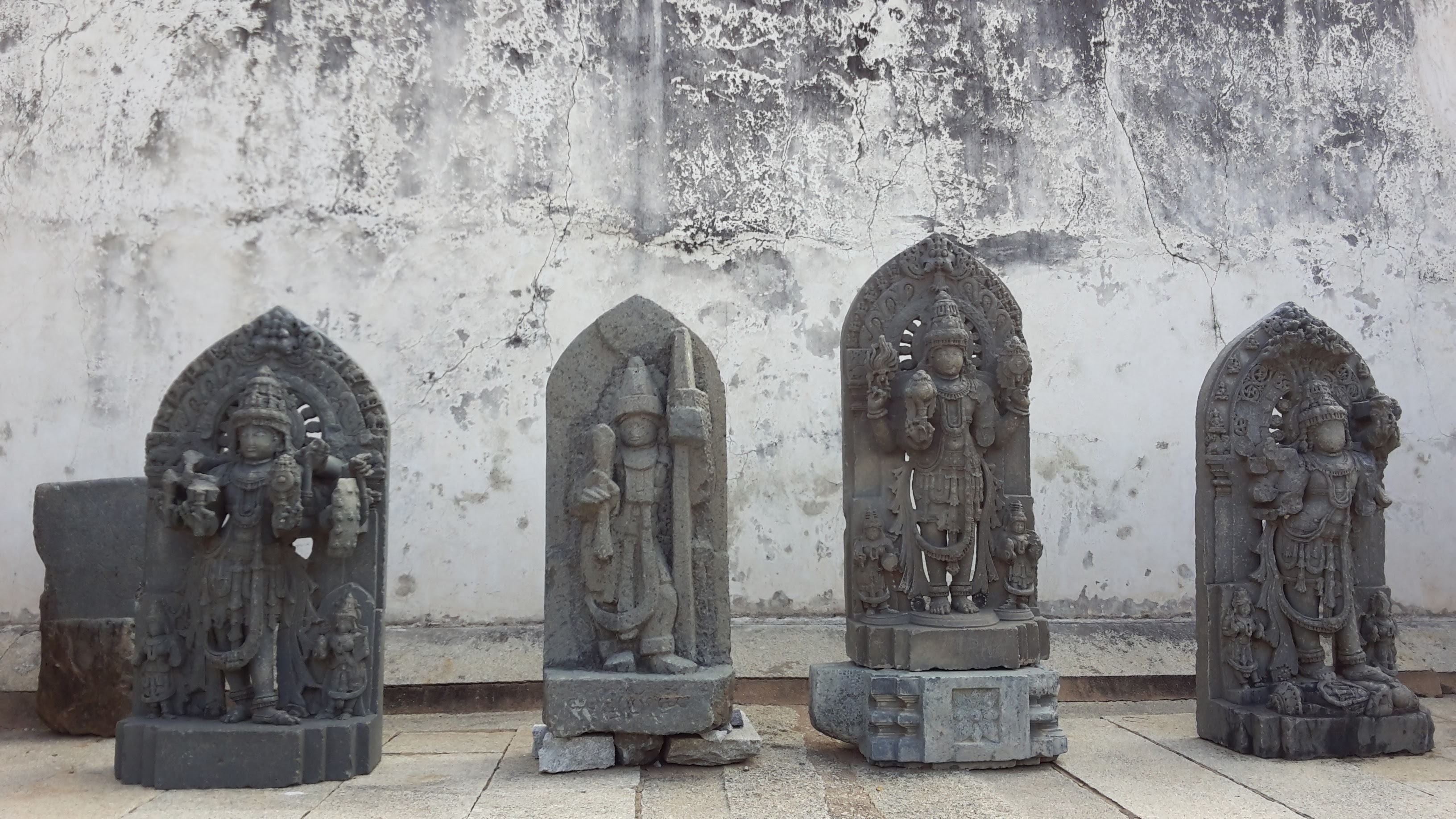In the Ashtanga style you are supposed to practice every day. There is one day off in a week (mine is tomorrow) and on ‘Moon Days (which was today). Moon days are days of the full or new moon and happen biweekly. The practice is so intense, that I feel that it’s good to have more than one day off every once in a while.
Once a week, we have what is called a ‘conference’ where Sharath addresses all the yoga students. I’m not sure if he has a fixed agenda; sometimes it sounds like he is just rambling and going off on a tangent. The tone is light hearted and he keeps these ‘lectures’ very interactive. For me it is a chance to listen to an eminent teacher and get insight into philosophy. And for most of the people who have converged here from different parts of the world it is a chance to interact with a teacher who they highly revere. I can feel that reverence spreading through the room whenever any of the teachers walk into the room. It’s a very strong feeling that pervades the room, it’s very palpable. I could feel it today as well as soon as Sharath walked into the room. All heads turned to him and conversation died down. All eyes followed him as he made his way to the stage to sit on a chair. He adjusted the microphone and almost looked like a king addressing his subjects. He wore a sparkling white kurta, and his ‘throne’ was an ornately carved chair. He scanned the room and then started to speak.
He started talking about Moon days. He began by saying that Moon days are crazy days with crazy energy. Last week he spoke about how he had an oil bath on a moon day, and he was a bit under the weather for 4 days. (An ‘oil bath’ is nothing but Abhiyangam. So an oil self-massage before a shower.) Today he told us that the reason we don’t practice during moon days is because moon days are days of elevated energy levels. This extra energy makes you behave uncharacteristically. People go crazy, they do crazy things, say crazy things. He said we should make an extra effort to relax on moon days. Keep the body and the mind calm. He was expecting crazy questions and told us we can expect crazy answers.
As I said, the conference didn’t focus on any particular topic. He spoke about various topics. He discussed where we should practice yoga. He told us that the quality of oxygen is really important. So yoga in the mountains is great. A lot of people want to close windows when they practice in the morning because they feel cold, but Sharath advises us to practice in a ventilated room so that our lungs have fresh oxygen available. He says that you should generate heat in your body though the practice instead of cutting off fresh air. He also said you shouldn’t practice out in the open, or in the forest. Also, he said, do not practice where other people can see you. The practice is private.
During the Q&A, two students asked about the bandhas. Ashtanga yoga is a very physical style, the asana practice is intense 6 days a week. However, the asanas are done with vinyasas (breath coordination), bandhas and drishti (where you rest your gaze). Since I’ve just started the practice, I practicing asana and vinyasa. A student asked Sharath that he has heard about and learned the bandhas from various teachers and he wanted to know how he can practice the bandhas in the asanas. Sharath reiterated that you must stick to one style and teacher because mixing styles can confuse you. He said he never went to another teacher to confirm if what his grandfather was saying is correct. He then said that when we practice we must put in our best. The bandhas will happen on their own. Another student asked about how we can tell that we are doing the bandhas right. Sharath once again said you will know. Just practice. I suppose this is along the lines of Shri K Pattabhi Jois’s famous quote: Practice and all is coming.
After the conference all of us got together and headed for a quick snack to a café nearby. What was supposed to be a quick snack turned into a three-hour long conversation about our practice, our inspiration, our lives, our students, our teachers, India…

![IMG-20160125-WA0039[1]](https://yogawithpragya.com/wp-content/uploads/2016/01/img-20160125-wa00391-1.jpg)